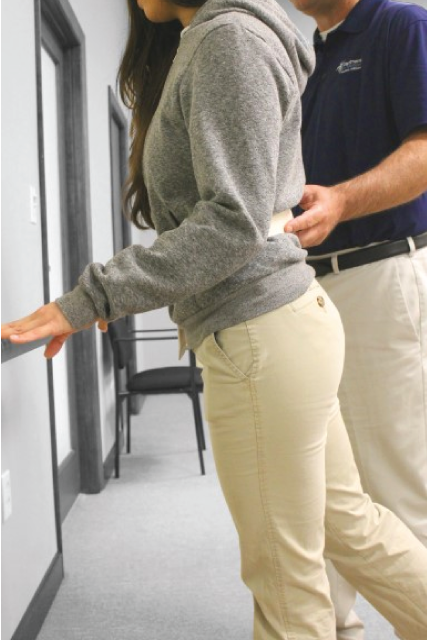
Vestibular Rehabilitation Therapy
Vestibular rehabilitation therapy is an exercise-based program designed to promote central nervous system compensation for inner ear deficits. Vestibular rehabilitation helps with a variety of vestibular problems, including benign paroxysmal positional vertigo (BPPV) and the unilateral or bilateral vestibular hypofunction (reduced inner ear function on one or both sides) associated with Ménière’s disease, labyrinthitis, and vestibular neuritis.
Vestibular Rehabilitation Techniques
Therapists incorporate skilled activity-specific exercises to help an individual return to his typical daily activities including household chores and occupational related tasks.
The therapist will perform skilled maneuvers of the head and body to decrease dizziness by repositioning the crystals of the inner ear.
Habituation exercises involve specific movements designed to provoke symptoms and subsequently reduce the negative vestibular response upon repetition.
Visual tracking exercises are designed to help the patient efficiently combine visual and vestibular input, therefore improving one’s ability to correctly interpret his environment.
Neuromuscular re-education uses techniques that attempt to retrain the neuromuscular system to function properly. Performing these activities encourages formation or re-establishment of certain patterns of communication between muscles and nerves. This allows people to perform simple everyday activities.
